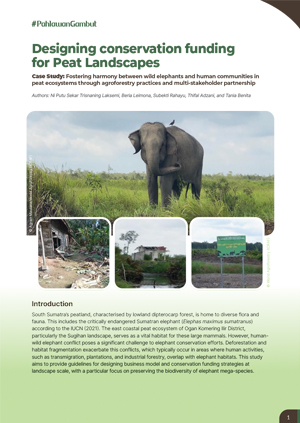Key Messages
- Existing financial incentive mechanisms (FIMs) to protect and develop mangrove in Ben Tre, Tra Vinh and Ca Mau come from 6 primary sources: central state budget; provincial state budgets; national scheme on Payment for Forest Environmental Services; foreign projects; public-private partnerships; and the private sector.
- These FIMs have provided funding to incentivise forest owners and provincial government agencies for better mangrove protection and development. Nevertheless, accessing to these funding schemes is difficult for forest owners due to complex procedures, the requirement to have high-counterpart funding, and high initial investment costs to meet access criteria.
- Due to challenges to access FIMs, these existing incentives are not attractive enough for forest owners to change their behaviour toward better mangrove protection and development.
Download:
DOI:
https://doi.org/10.17528/cifor/007234Puntuación Altmetric:
Dimensiones Recuento de citas:
Año de publicación
2019
Autores
Pham, T.T.; Hoàng, T.L.; Nguyen, D.T.; Le, H.N.; Atmadja, S.
Idioma
English
Palabras clave
mangroves, ecosystem services, development
Geográfico
Viet Nam



















